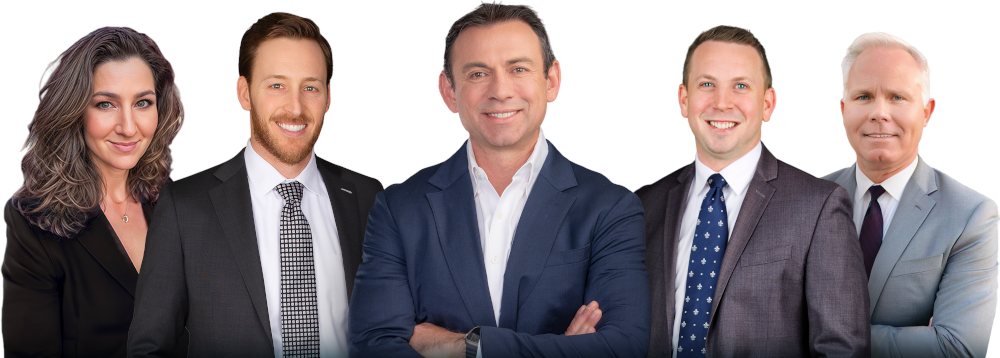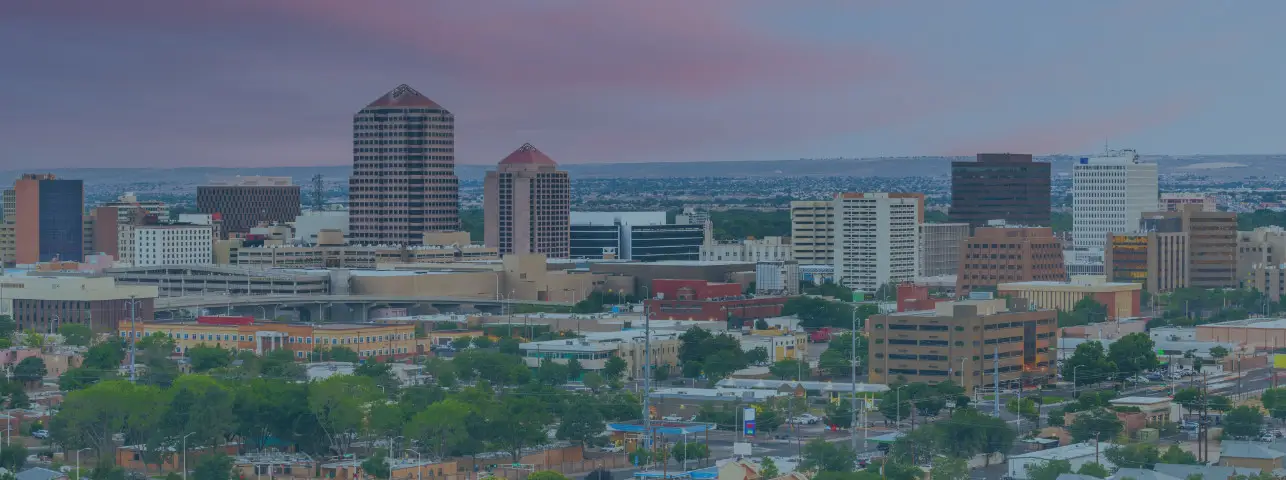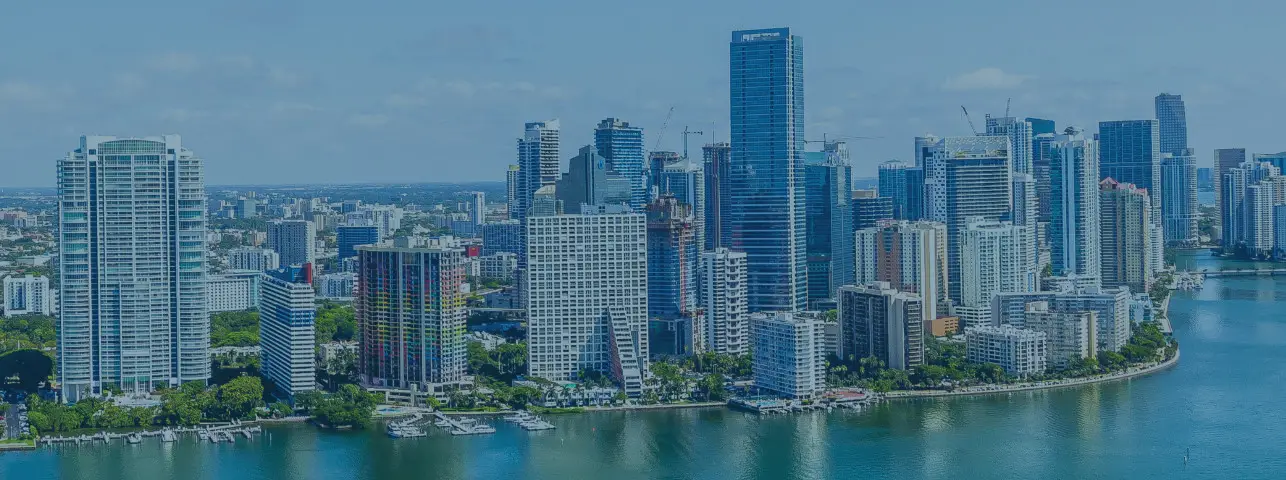CALL (800) 863-5312 TO SPEAK WITH A ZINDA LAW GROUP PERSONAL INJURY ATTORNEY TODAY
Winter sports, such as skiing and snowboarding, provide memorable thrills and are a great form of physical activity. However, these activities are inherently risky. Even the most experienced riders are at risk of suffering an injury. In certain cases, legal recourse may be available to recover compensation for such injuries.
If you or a loved one has been injured in a skiing or snowboarding accident, call Zinda Law Group at (800) 863-5312 to receive a free case evaluation with one of our experienced personal injury lawyers.
SKIING AND SNOWBOARDING ACCIDENT STATISTICS
While both skiing and snowboarding pose risks to winter sport participants, there are usually more injuries from snowboarding. Listed below are several important statistics regarding the prevalence of skiing and snowboarding accidents.
- The injury rate for snowboarders remains slightly higher than in skiers
- Inexperienced women are the most likely group to be injured in a snowboarding accident
- Forty-nine percent of injured snowboarders are beginners, whereas 18% of injured skiers were beginners
- Wrist and ankle injuries are more common in snowboarding accidents, while knee and thumb accidents are more common in skiing accidents
COMMON SKI AND SNOWBOARD ACCIDENT INJURIES
While there tend to be more injuries from snowboarding, ski injuries can be extremely severe and sometimes fatal. Skiing and snowboarding accidents can result in a wide range of injuries. The nature and severity of the injury typically depend on several important factors such as the activity involved and the participant’s level of experience, or lack thereof. Several common ski and snowboard accident injuries include:
- Broken arms
- Broken legs
- Fractured or sprained wrists
- Fractured or sprained ankles
- Fractured or sprained ankles
- Torn ligaments (e.g., torn ACL)
- Head, neck, and spine injuries
- Concussions
Read More: How Common Are Ski Injuries?
WHAT TO DO AFTER A SKI OR SNOWBOARD ACCIDENT
1. Seek Medical Attention
The first and most important step to take after being injured in a skiing or snowboarding accident is to seek medical attention from a trained medical professional. Even seemingly minor accidents should be examined by a doctor or on-site trainer. Receiving prompt medical treatment may be the difference between a quick recovery and a prolonged injury.
2. File a Report and Document the Accident
When feasible, be sure to file an accident report with the ski resort or property manager. Filing a report will create an official record of the accident and be used at a later date to substantiate your claim. Filing a report may also have the benefit of putting the ski resort or property owner on notice that potential hazards exist. For example, a report may allow a ski resort to fix a broken lift or replace a defective piece of equipment. When filling out the report, be as detailed as possible, making sure to include important details such as when the accident occurred, how it occurred, and a description of your injuries.
3. Contact a Personal Injury Lawyer
Finally, you should contact a personal injury lawyer. A lawyer may wish to speak with you in person or over the phone to discuss the facts and circumstances of your cases. After this initial consultation, the lawyer may be able to determine whether you have any enforceable legal rights and can provide legal advice accordingly. If necessary, a lawyer may file a lawsuit on your behalf and help you navigate your claim from start to finish.
THE CLAIM FILING PROCESS
1. Contact an Attorney
A skiing or snowboarding accident victim wishing to file a claim should begin the process by first contact a personal injury attorney. After an initial consultation, the attorney may be able to inform you whether a viable claim exists. If so, the attorney may act on your behalf by drafting and filing a formal petition against the at-fault party.
2. Investigation
The next step of the claim filing process is the investigation phase. The purpose of this phase is for the attorney to collect as much helpful information as possible which may be used to build the value of your claim. For instance, during an investigation, the attorney may interview witnesses, inspect the scene of the accident, review medical records, and gather any additional evidence that may be used to strengthen your claim.
3. Settlement and Trial
Before your claim goes to trial, you may have the option of accepting a settlement from the at-fault party or the at-fault party’s insurance company. An attorney may act on your behalf by negotiating the terms of a favorable settlement which can be structured to best protect your rights. If it is not in your best interests to accept a settlement offer, your case may proceed to trial.
Read More: Can You Sue a Ski Resort?
INDIVIDUAL STATE SKIING AND SNOWBOARDING LAWS
Because the individual states handle ski and snowboard accidents in their own unique way, the rights and remedies that may be available to the victim of skiing or snowboarding accident heavily depend on which state law applies to the accident.
In many cases, the law of the state where the accident occurred will determine these rights and remedies. For instance, if you were injured in a skiing accident while vacationing at a Colorado ski resort, Colorado law may govern your claim. A consultation with a Colorado personal injury lawyer may help you better understand Colorado’s unique ski resort laws and the impact that it may have on your claim.
TYPES OF COMPENSATION AVAILABLE IN SKIING AND SNOWBOARDING ACCIDENTS
A victim of a skiing or snowboarding accident may be entitled to compensation in the form of monetary damages if the victim can establish that another party’s negligent, reckless, or intentional acts caused the accident and resulting injuries. The types of monetary damages available in a skiing or snowboarding accident claim fall into two general categories: economic damages and non-economic damages.
Economic Damages
Economic damages refer to quantifiable costs incurred by a skiing or snowboarding accident victim. Examples of economic damages that may be available to the victim of a skiing or snowboarding accident include:
- Medical bills
- Lost income (present and future)
- Loss of earning capacity
- Property damage, if applicable
Medical bills may cover expenses such as the costs incurred by the victim for hospital stays, rehabilitation treatment, trips to the doctor, and prescription drugs. Lost income may include the compensation lost by the victim due to missed time from work. If the injury prevents or impairs the victim’s ability to work in the future, lost income may also include the victim’s loss in earning capacity.
Non-Economic Damages
Non-economic damages are the intangible losses suffered by the victim. This type of damages cannot be easily quantified on paper. Instead, the value of a victim’s non-economic damages is subjectively evaluated by a jury. Types of non-economic damages that may be available to a skiing or snowboarding accident victim include:
- Physical pain and suffering
- Emotional distress
- Disfigurement and disability
- Loss of companionship
- Loss of consortium
LEGAL TIME LIMITS
Personal injury claims must be filed within the applicable statute of limitations. If a victim of a personal injury accident fails to file a claim within the statute of limitations, that party is effectively barred from litigating the claim in court. Thus, a statute of limitations acts as a legal time limit on which an injury victim must file a claim.
Most states have a one-, two-, or three-year statute of limitations for personal injury claims. For example, Colorado has a two-year statute of limitations. Thus, if you were injured in a snowboarding accident in Colorado on January 1, 2021, you would have until January 1, 2023 to file a claim.
Meeting the statute of limitations is necessary for your personal injury claim. Discussing the facts and circumstances of your case with an experienced personal injury lawyer may help you accomplish this goal.
OUR PERSONAL INJURY ATTORNEYS ARE READY TO HELP YOU
Though skiers and snowboarders like to debate whether there are more injuries skiing or snowboarding, the reality is they are both risky and can result in severe injuries.
In addition to years of experience handling personal injury claims, our attorneys pride themselves on providing zealous and quality representation to each client, making sure to give every aspect of your claim the attention to detail it deserves.
Further, our attorneys know how to effectively negotiate with insurance companies that may be unwilling or reluctant to pay out the full value of your claim. Our team of personal injury lawyers will work hard to ensure that these multi-million-dollar companies do not take advantage of you while you are at your most vulnerable.
Our firm also believes that an injury victim should never have to worry about being able to afford excellent legal representation. That is why we offer 100% free consultations and work on a contingency fee basis.
If you would like to discuss the details of your case with an experienced personal injury lawyer, or to learn more about your rights and remedies following a skiing or snowboarding accident, call Zinda Law Group at (800) 863-5312 to receive your free case evaluation with a Denver personal injury lawyer.
Meetings with attorneys are by appointment only.

John (Jack) Zinda
Founder / CEO
Over 100 years of combined experience representing injured victims across the country.
Available 24 / 7|Free Consultation
Neil Solomon
Partner
Real results matter. We do not get paid unless we win your case.
Available 24 / 7|Free Consultation








